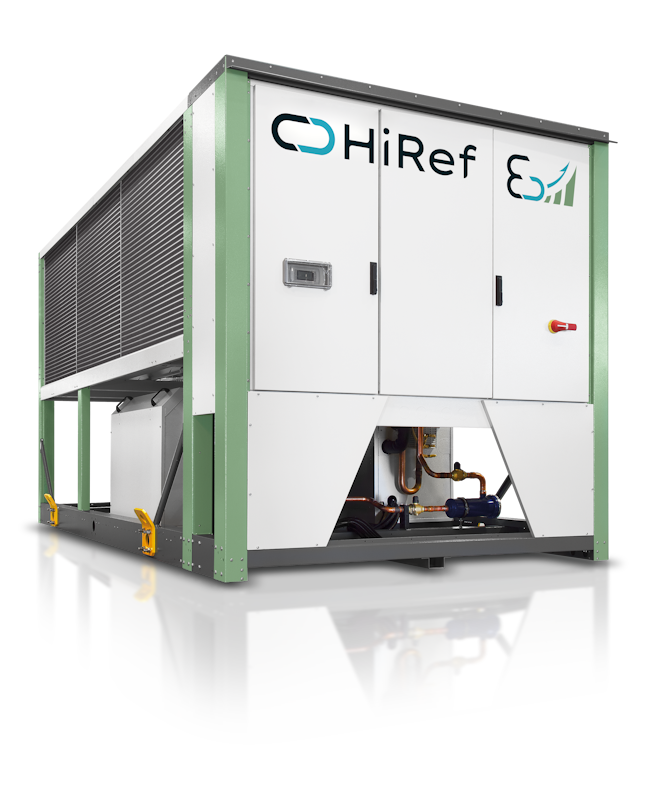COOLtec prefers new refrigerants
The European "F-Gas" regulation requires a gradual reduction in fluorinated greenhouse gases over the next few years (79% reduction in CO2 emissions by 2030).
The refrigerants shown in the tables are possible replacements for the fluids currently used, however, those with a value of GWP>500 are medium-term choices only, because the ratio of the available amounts to the amount of refrigerant currently used would result in an average GWP value equal to 500 by 2030. With this in mind, R454B is an excellent substitute for high pressure (R410A) products while for low pressure (R134a) products the best options pure refrigerant R1234ze (HFO). Both alternatives are A2L class refrigerants

Differences between refrigerants
Established refrigerants such as R410A and R134a have a very high global warming potential and are already subject to quantity restrictions and associated price increases. However, they are more efficient than available alternatives and are generally neither toxic nor flammable.
Synthetic refrigerants with a lower global warming potential, such as R454B or R1234ze, can largely replace established refrigerants. However, they are somewhat less powerful, which makes the systems slightly larger and increases the refrigerant content. Most of them belong to the A2L classification.
Natural refrigerants such as CO2 have a very low global warming potential and are available at all times and at low cost.
Refrigerant Classification
ISO 817 standard classifies refrigerants based on their degree of toxicity and flammability:
A1 = Low toxicity + No flammability
A2L = Low toxicity + Low flammability





